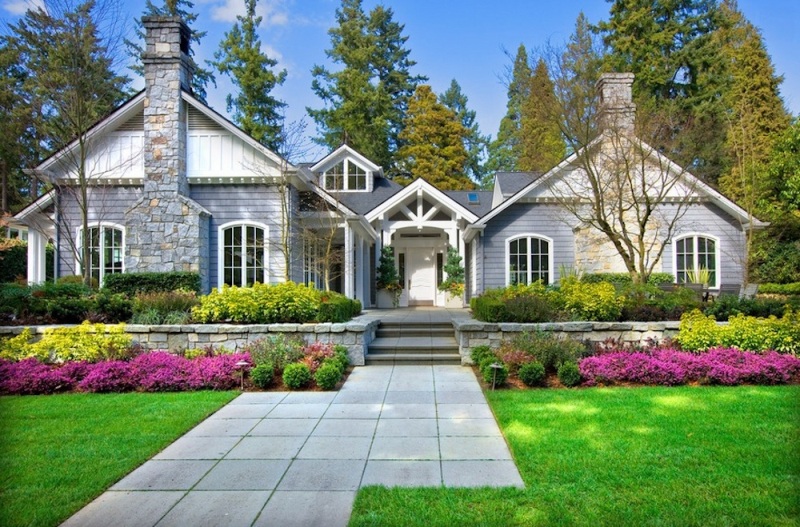If your property has a chimney, you may be forgiven for finding the prospect of using and maintaining it to be somewhat daunting. The inside of your chimney is challenging to reach, it can be hazardous to you and your family’s health, and you may want to limit the risk of house fires.
In this article, we will be considering some chimney basics and how you should care for yours. Keep reading to learn how you can derive optimal benefit from your chimney.
Types of Chimneys
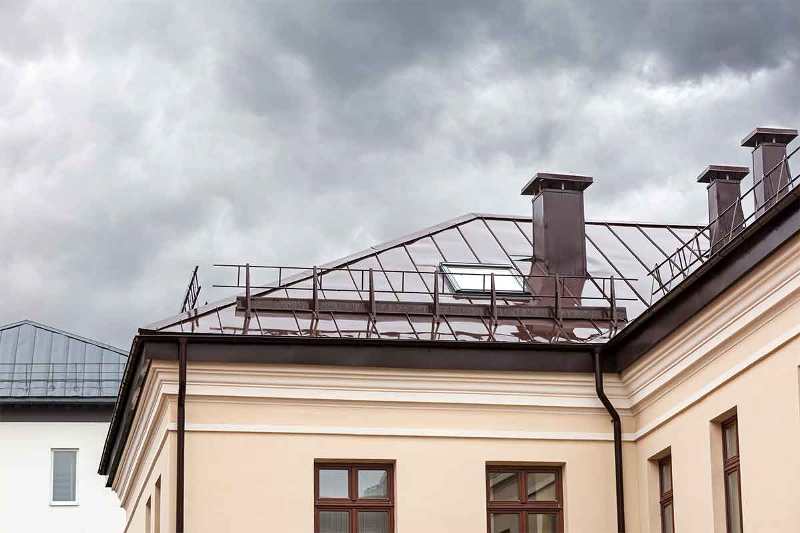
There are, in essence, three chimney types, namely single-walled metal chimneys, masonry chimneys, and pre-fabricated metal chimneys.
Single-walled metal chimneys are commonly found in older buildings. This type of stack is a thin metal pipe and has a circular top. Masonry chimneys are the most common type being a standard brick chimney. Masonry chimneys are widely regarded as the safest and often come with a pre-installed chimney liner.Pre-fabricated metal chimneys are commonly used for commercial structures and are manufactured in factories.
Check Your Bricks
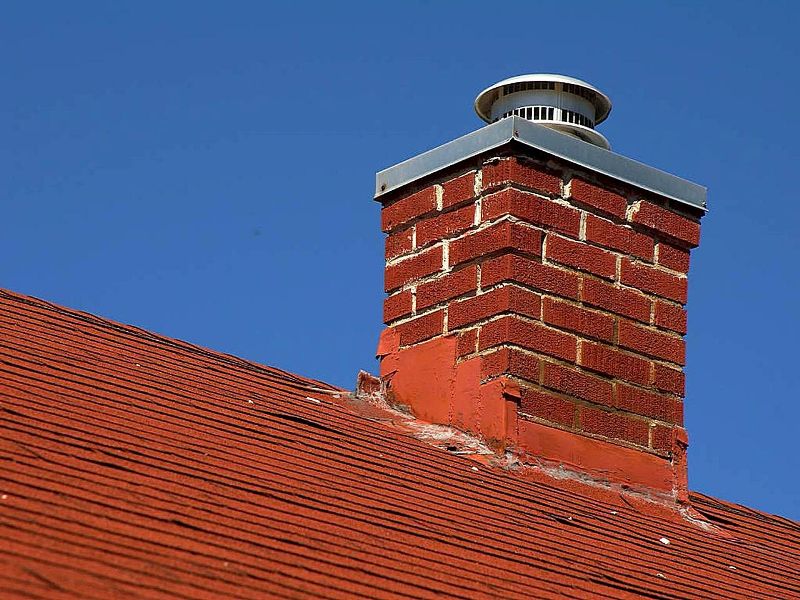
Chimney bricks differ from conventional bricks found elsewhere in your home. Firebricks and the mortar used in the construction of a chimney are engineered to withstand incredibly high temperatures.
Your chimney doesn’t necessarily feature firebricks, however. Watch out for signs of crumbling or disintegration if you are not sure which type of brick was used in the construction of your chimney. If you notice that the bricks don’t withstand the heat, seek Rooftop Chimney And Roof Services to replace bricks and mortar.
Keep an Eye on Your Flue
Your chimney’s flue is a ventilation system that directs smoke and toxic gases out and away from your home. If there is smoke inside your home, or if there are water droplets in your fireplace, it may be an indication that your flue is not functioning correctly.
Before lighting a fire, you should also make sure that your flue is open so that all the smoke can exit through the chimney.
Chimney Liners
A chimney liner is a barrier that protects your home from the heat of a fire. There are three types of liners, namely clay, metal, and cast-in-place liners. Clay liners work best in open fires, and a cast-in-place liner is more suitable if your fireplace has a unique shape. Before installing a liner, make sure that it is the correct size to prevent the build-up of carbon monoxide.
Buy a Chimney Cap
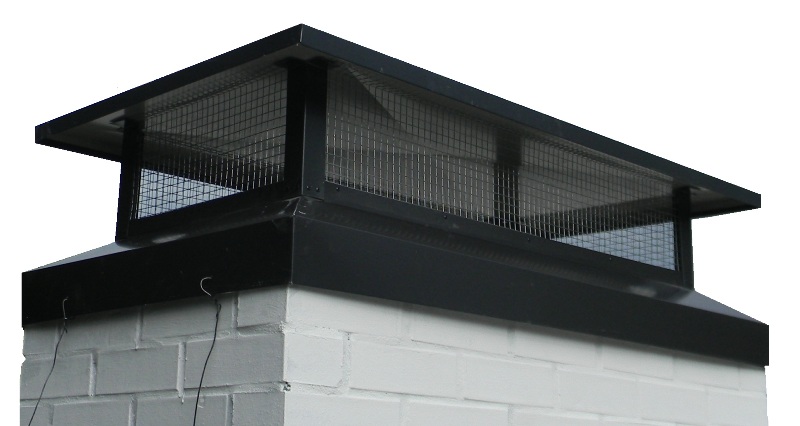
A chimney cap sits inside the top of your chimney and prevents unwanted objects from coming inside your fireplace while allowing smoke to escape to the outside. If you live in an area that has high yearly rainfall, or if birds like to nest inside your fireplace, a chimney cap is a necessity.
Inspect your Chimney Once a Year
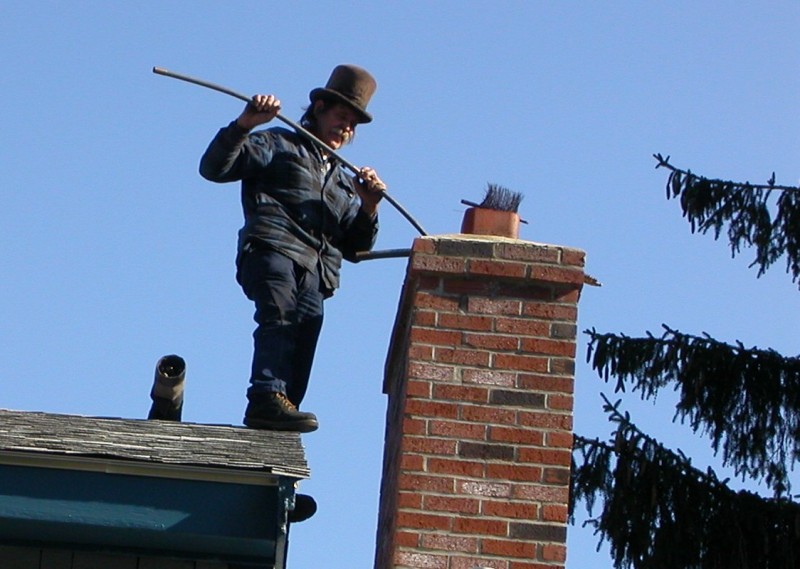
Inspect your chimney once a year for fractures, cracks, and blockages. Detecting and taking care of problems at an early stage can save you a lot of costs and will prolong the lifespan of your chimney.
